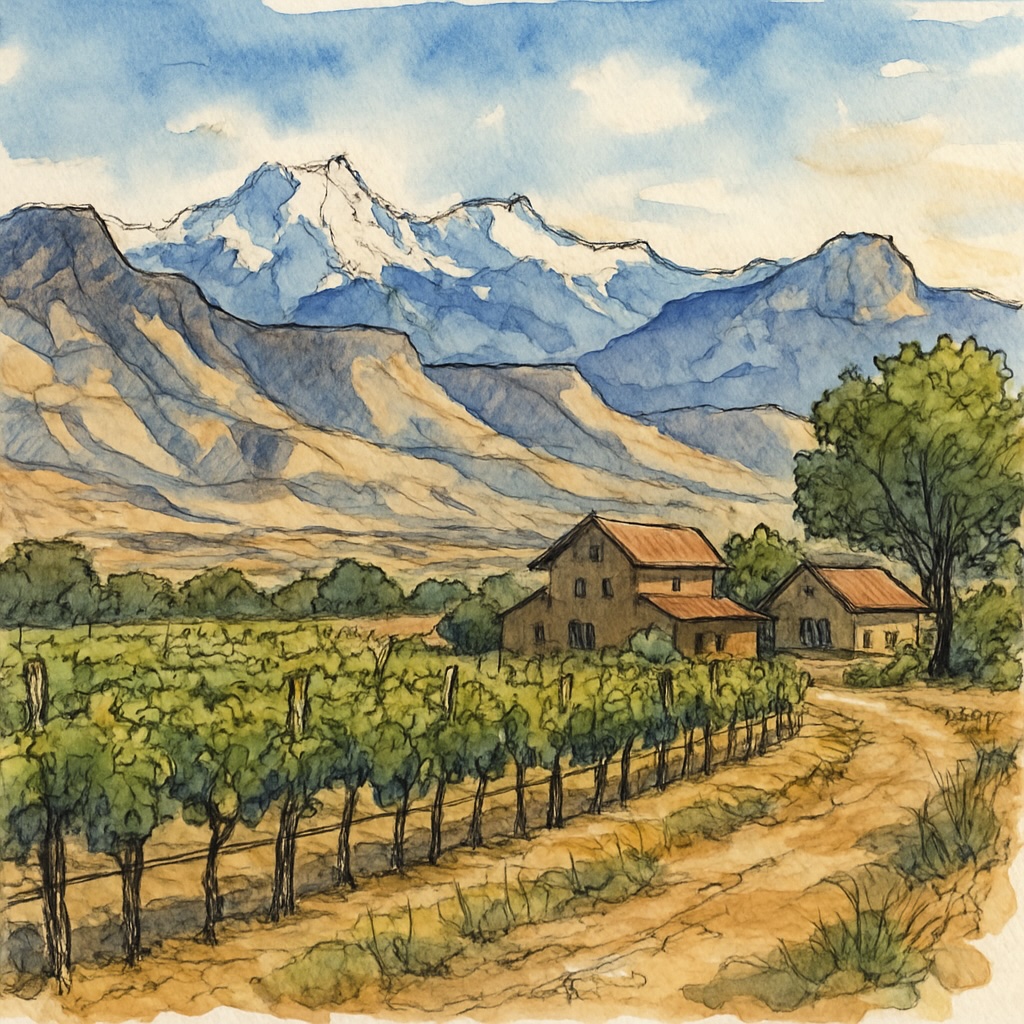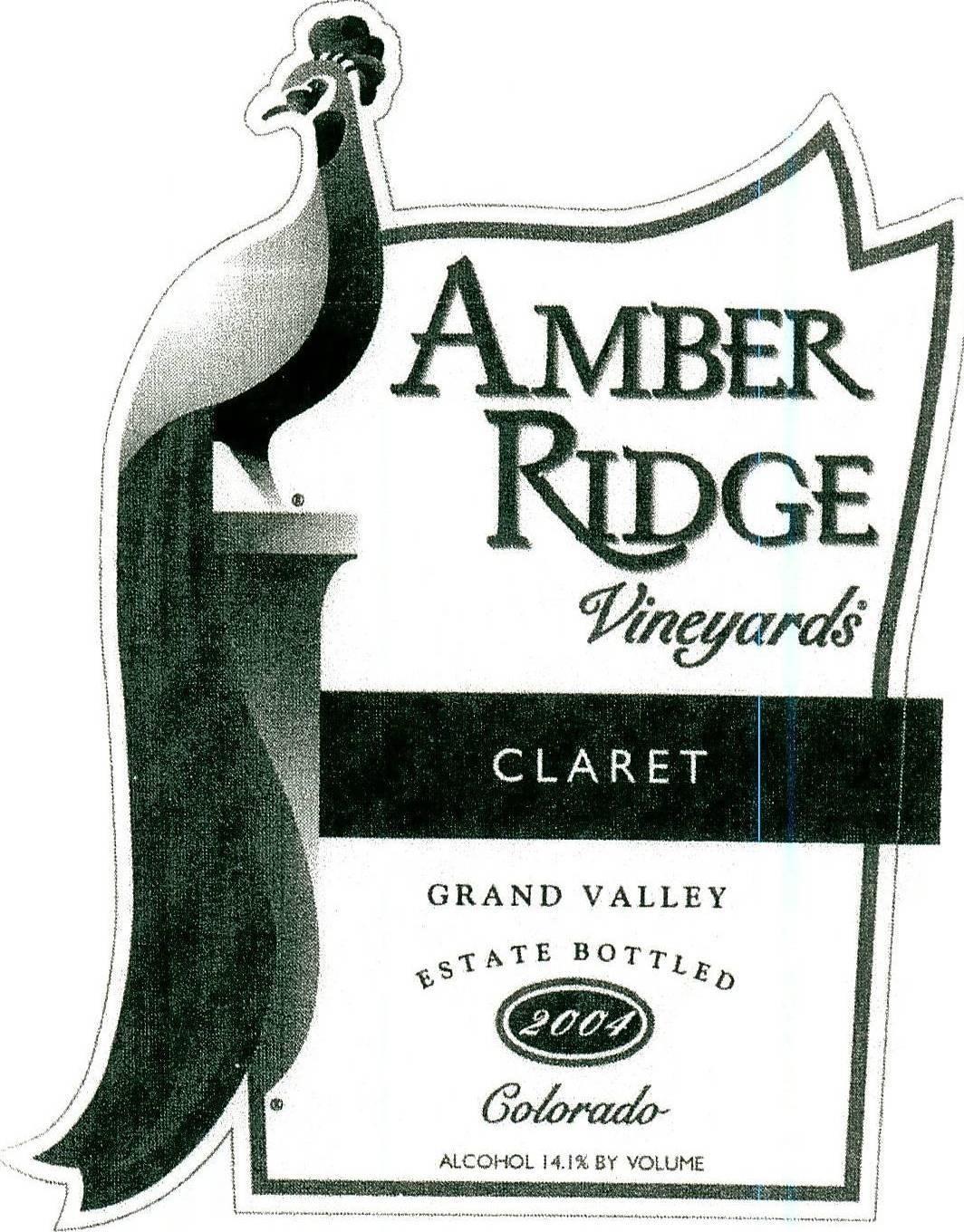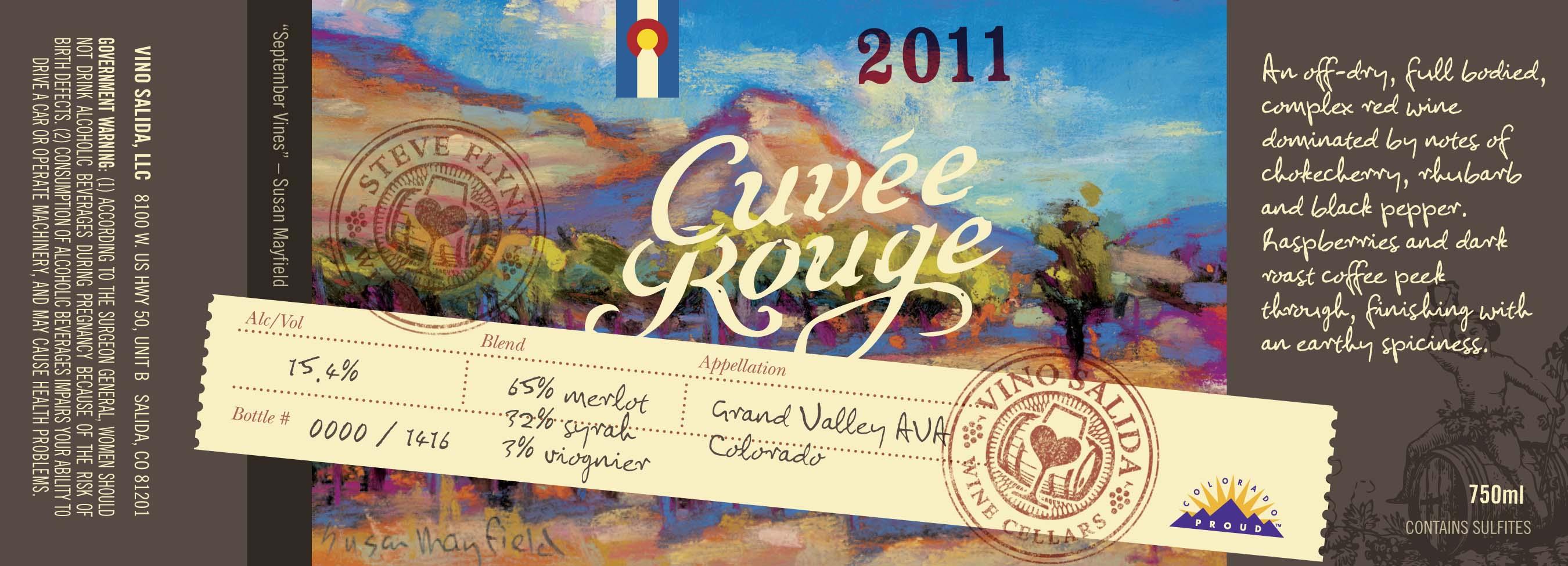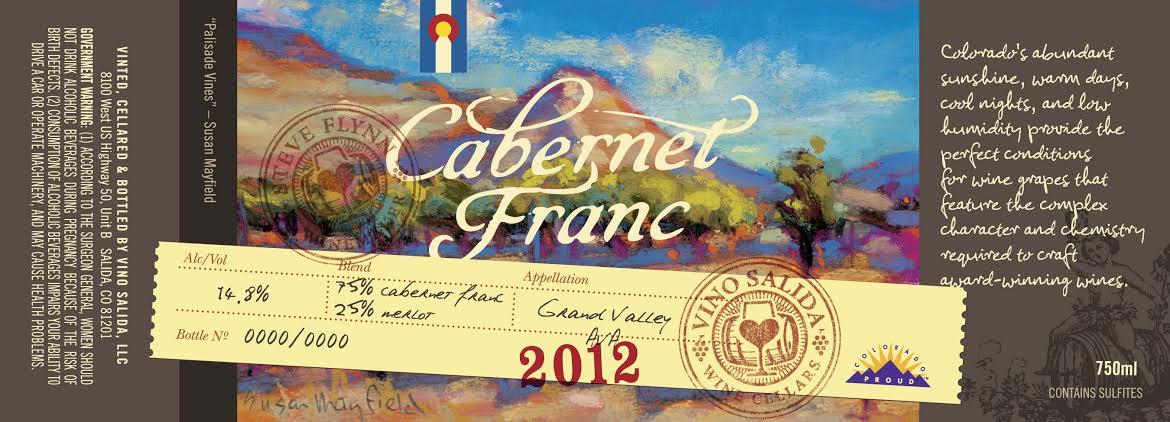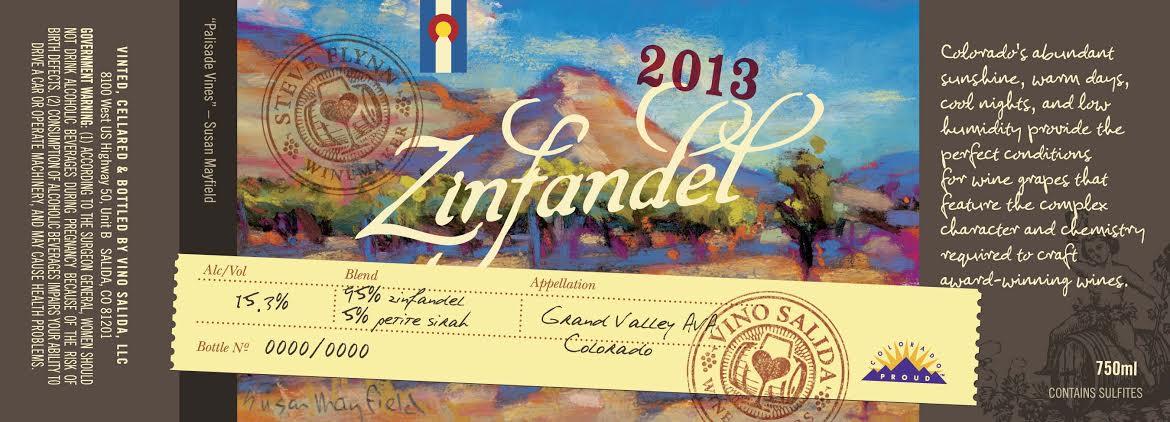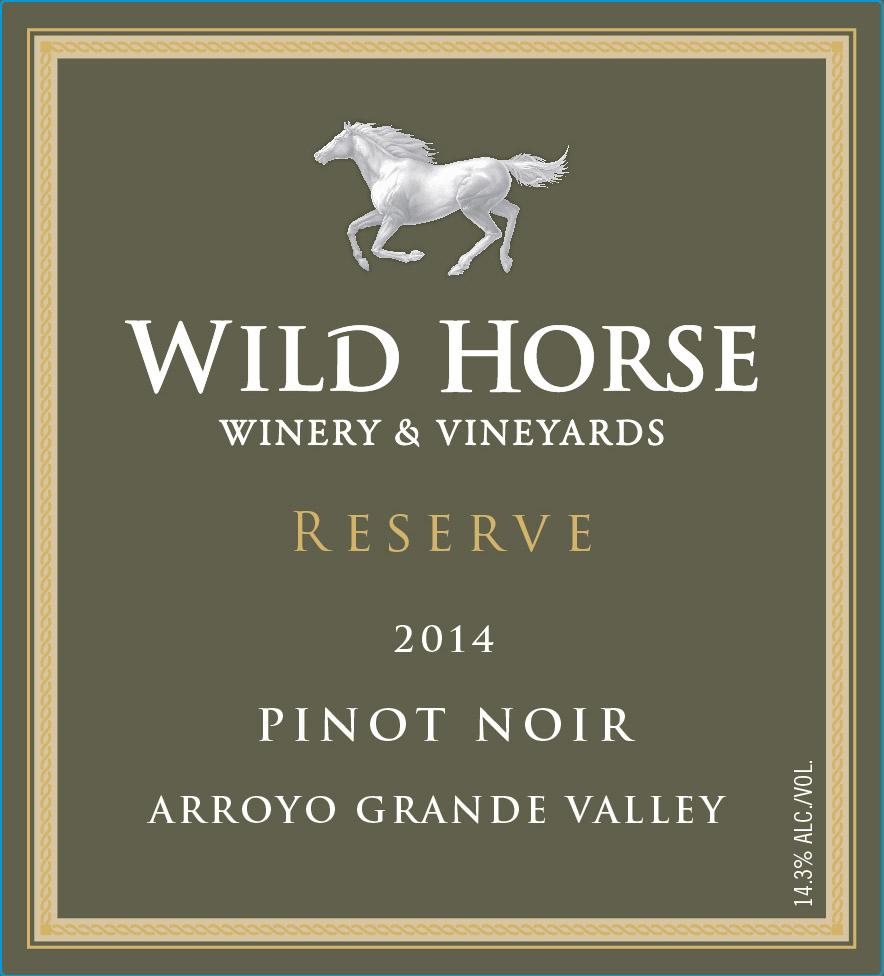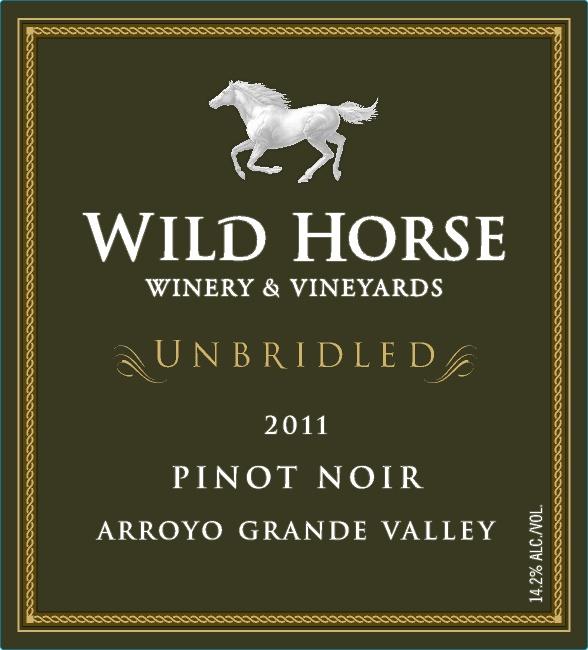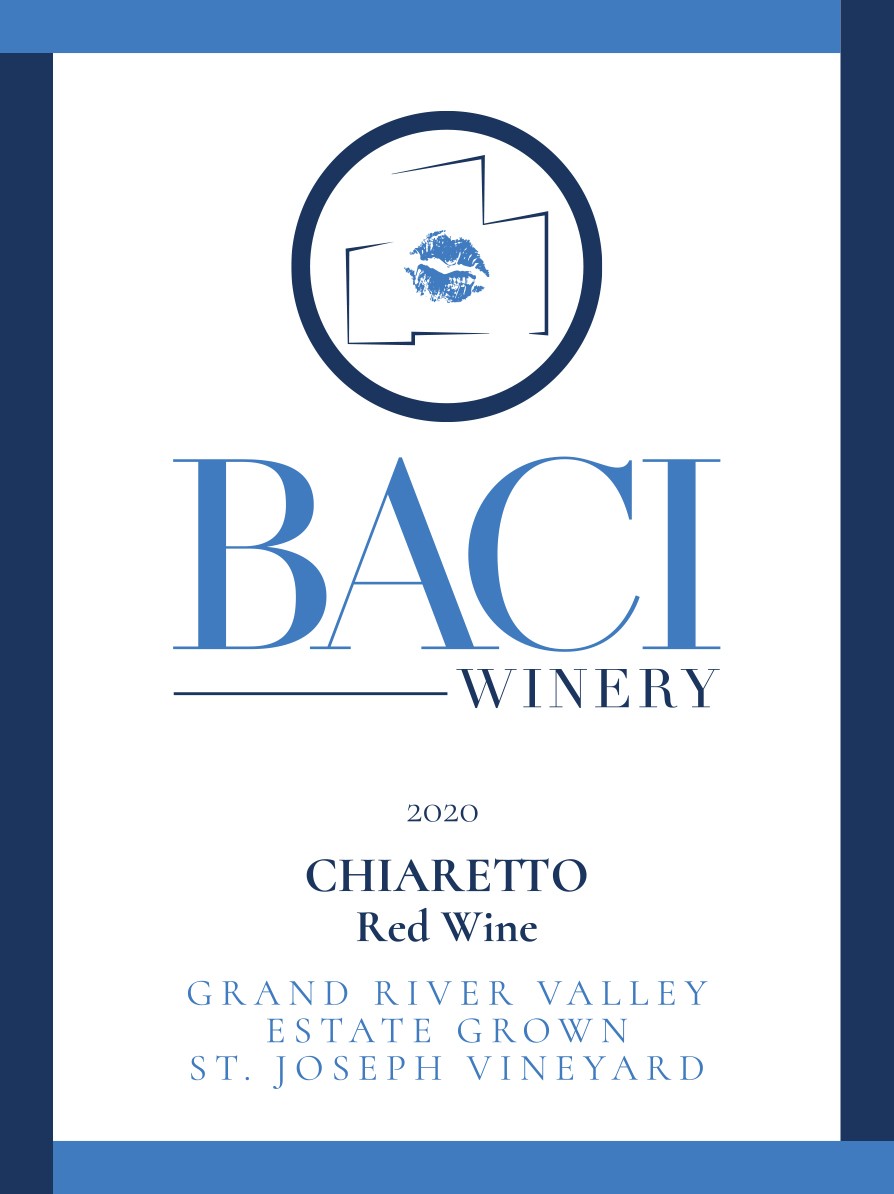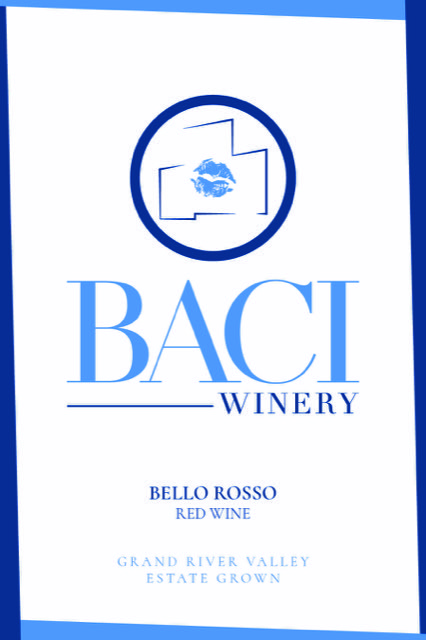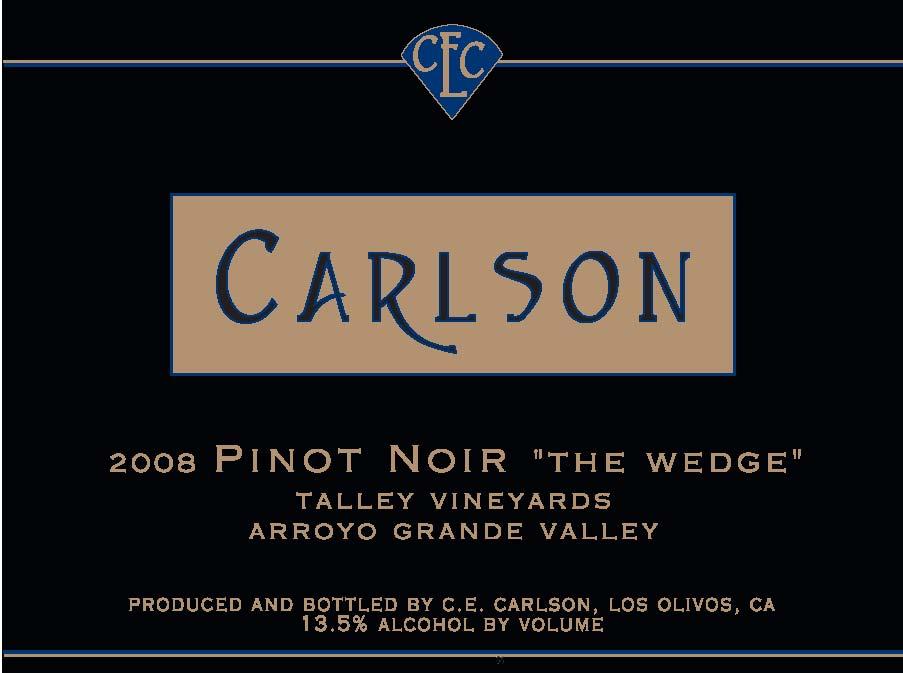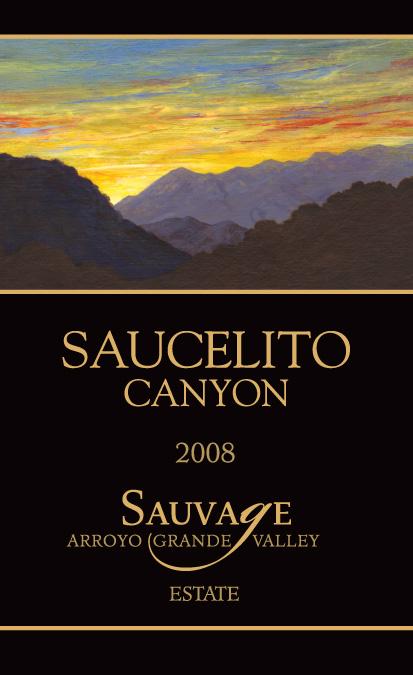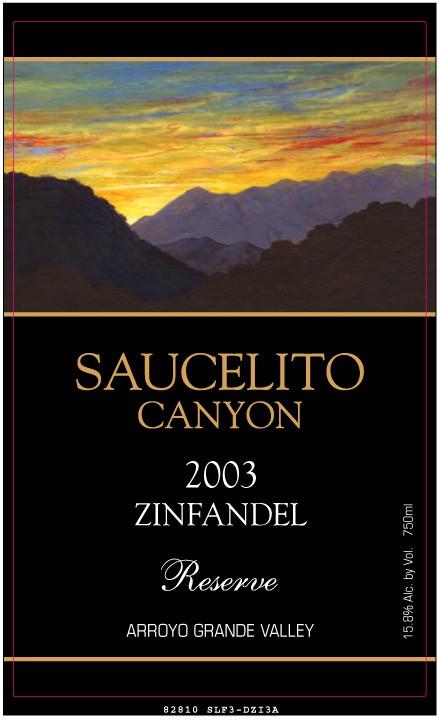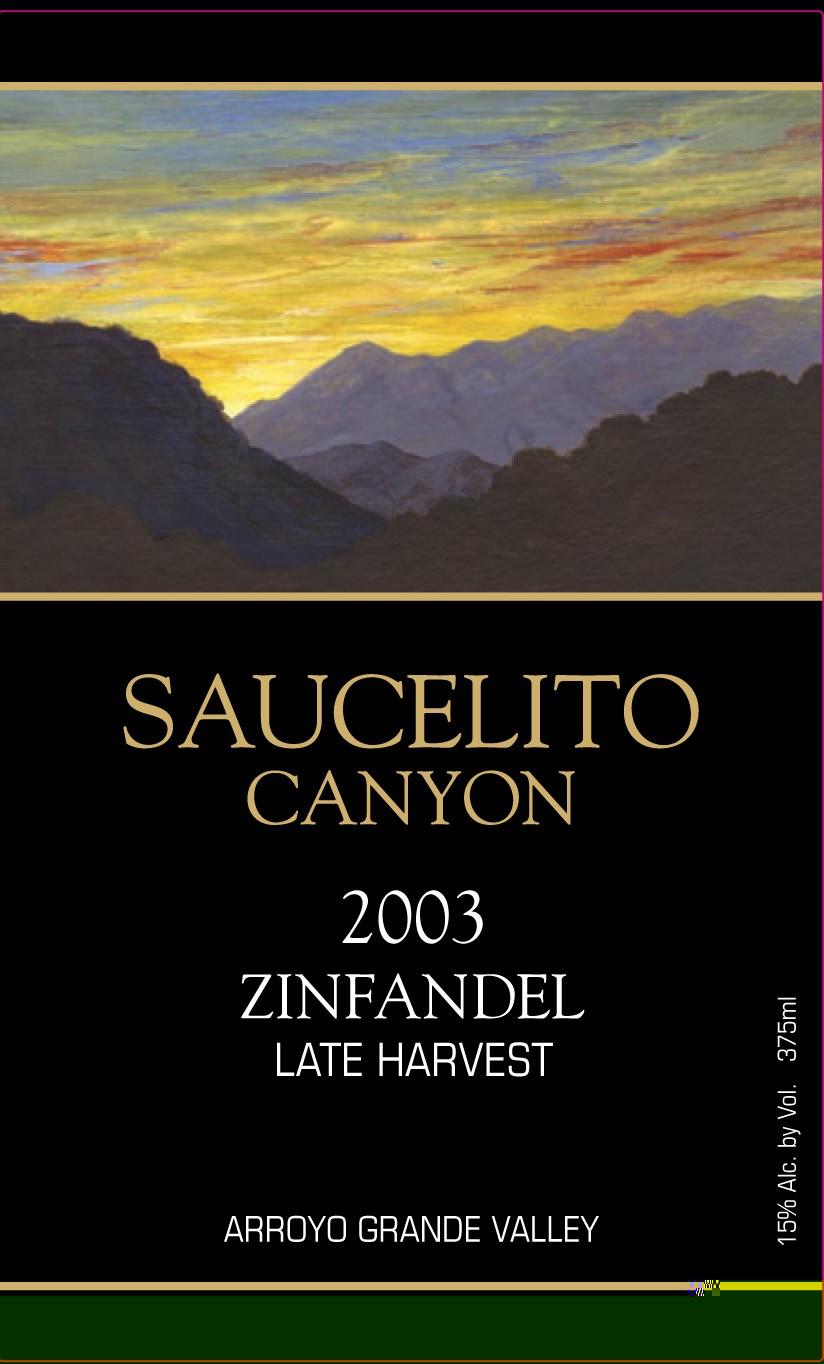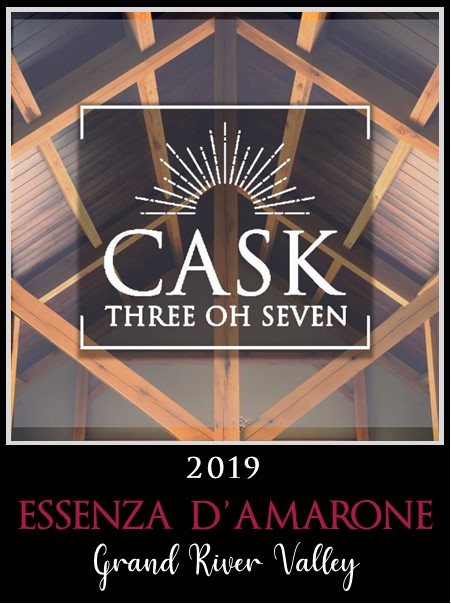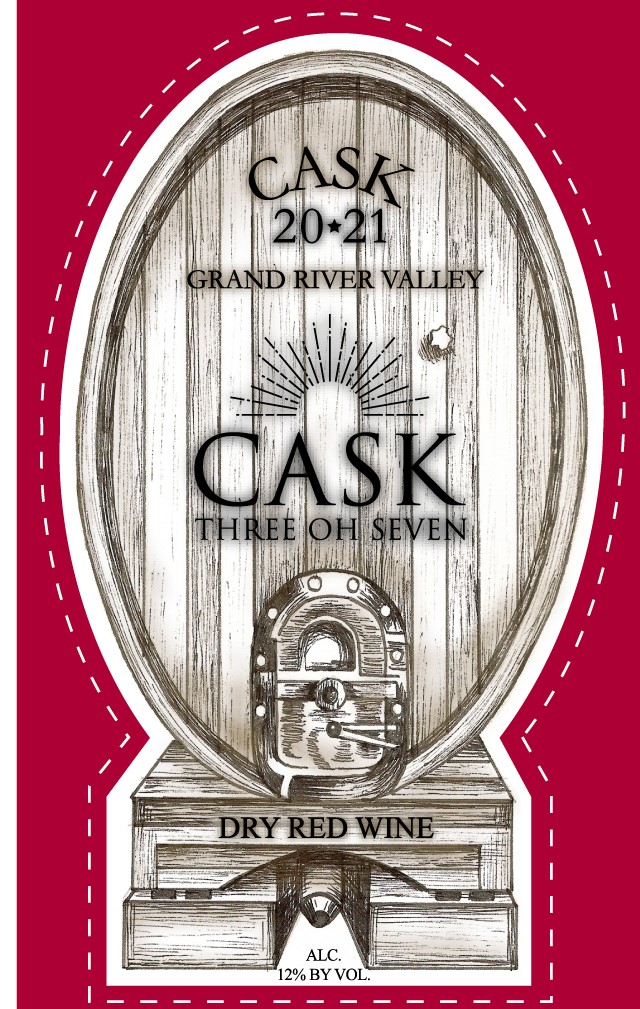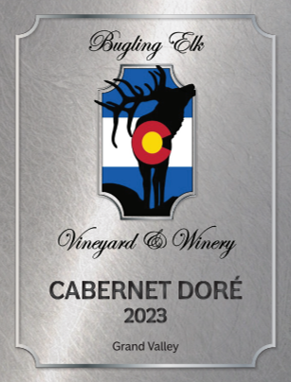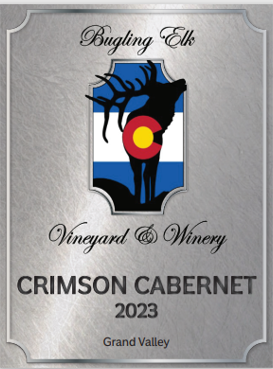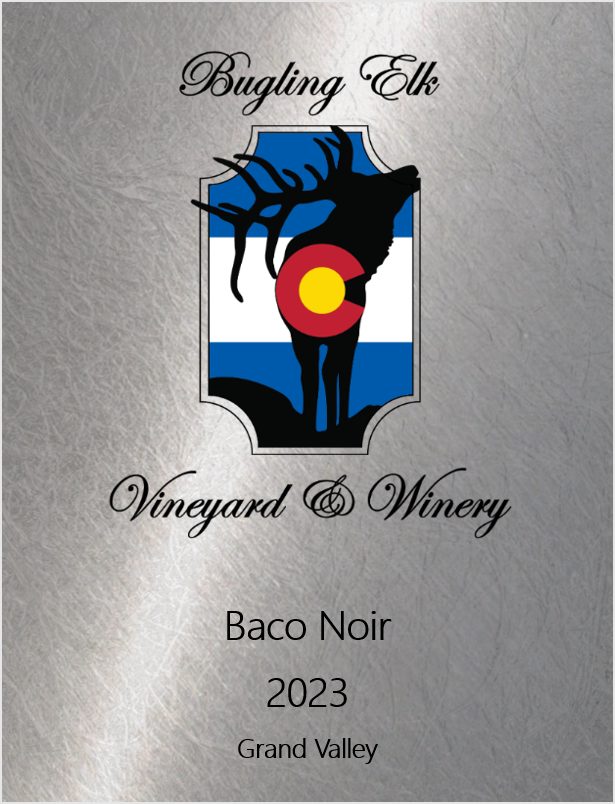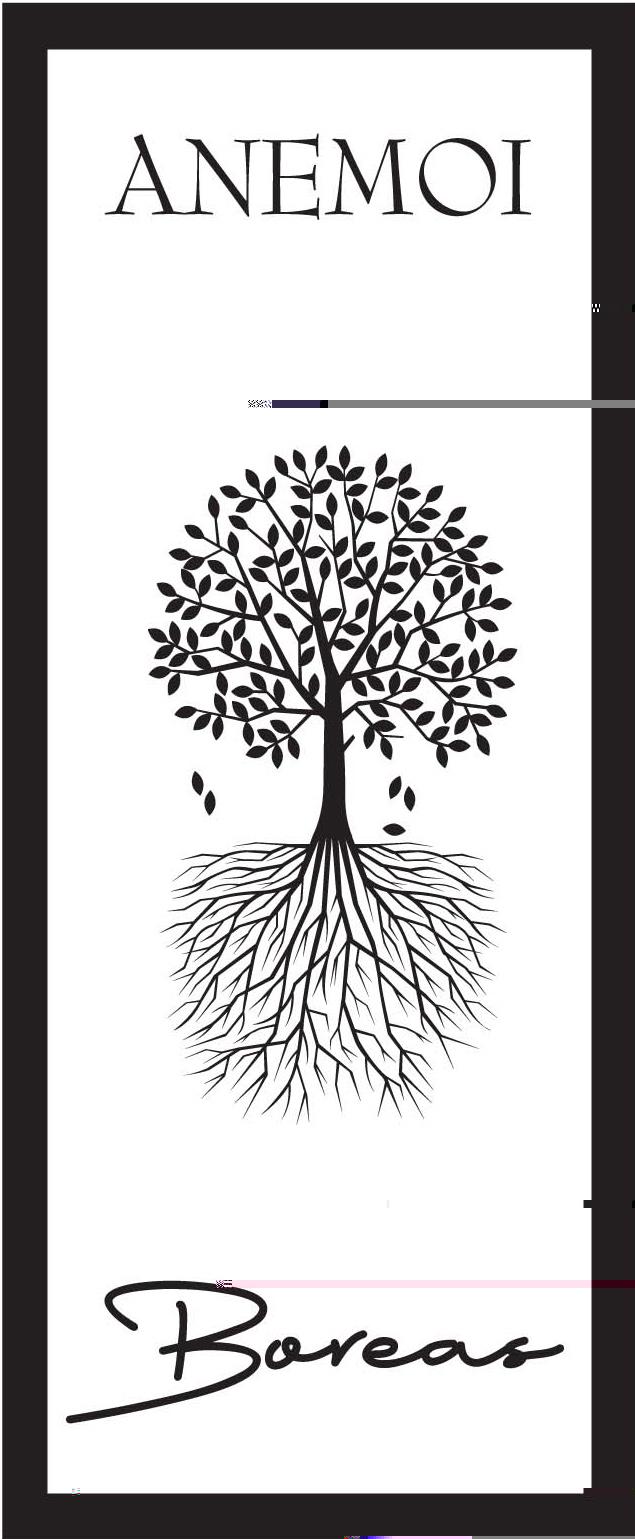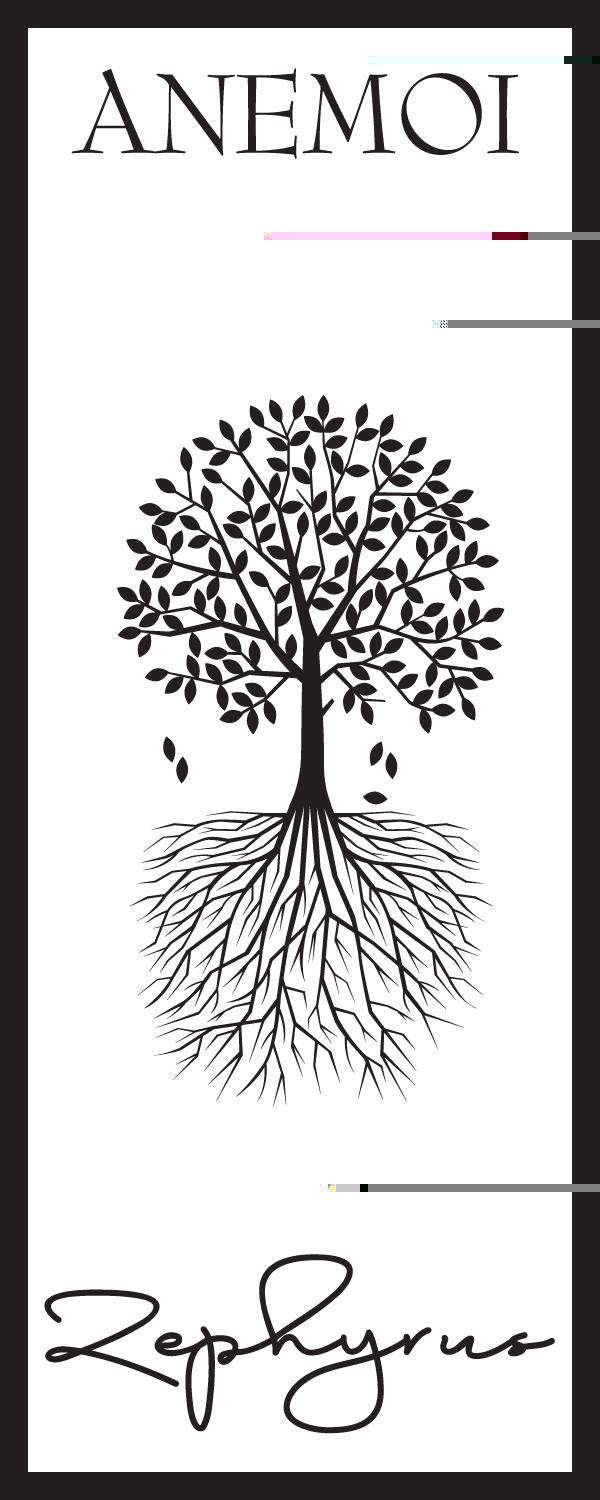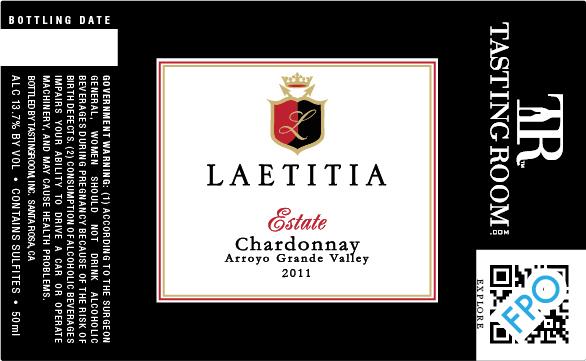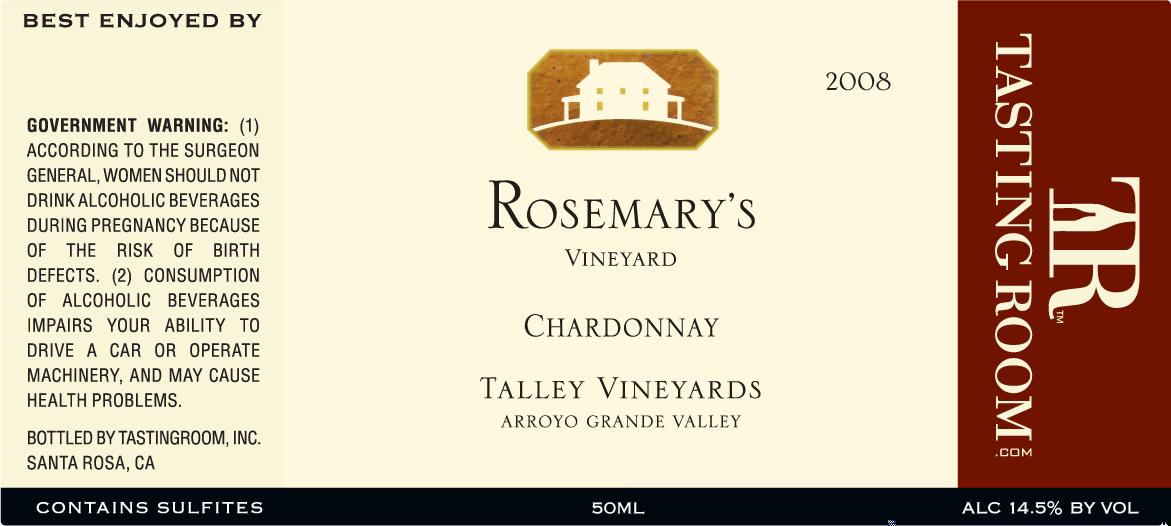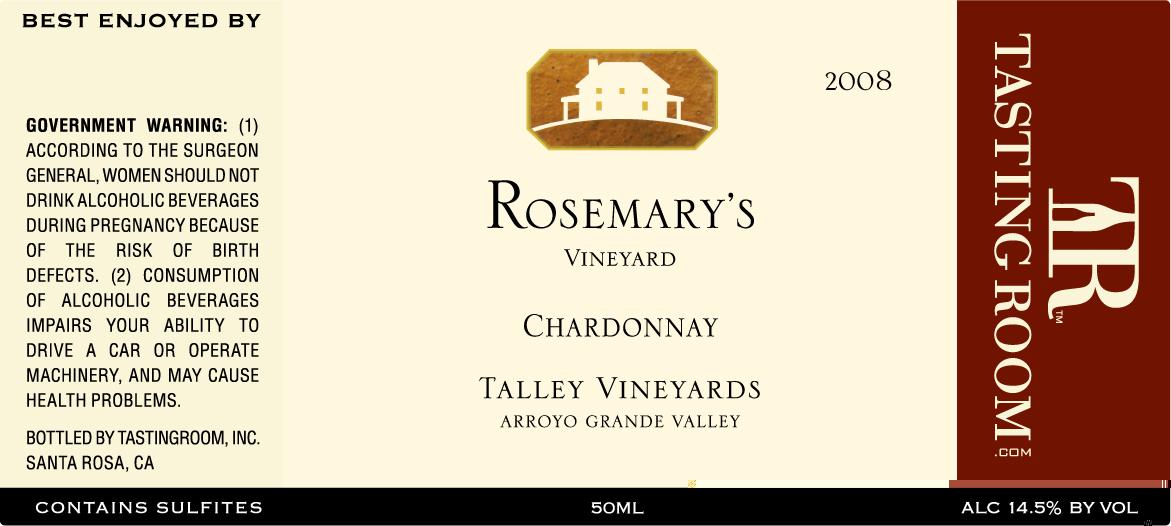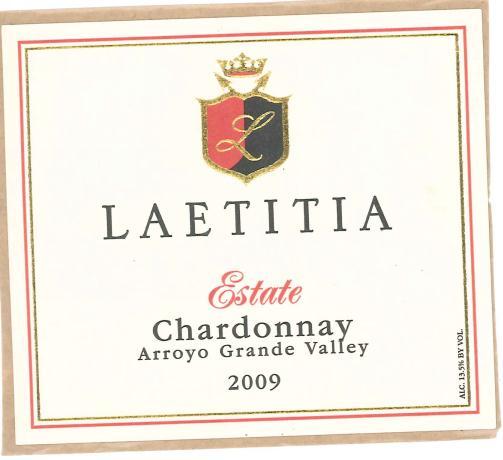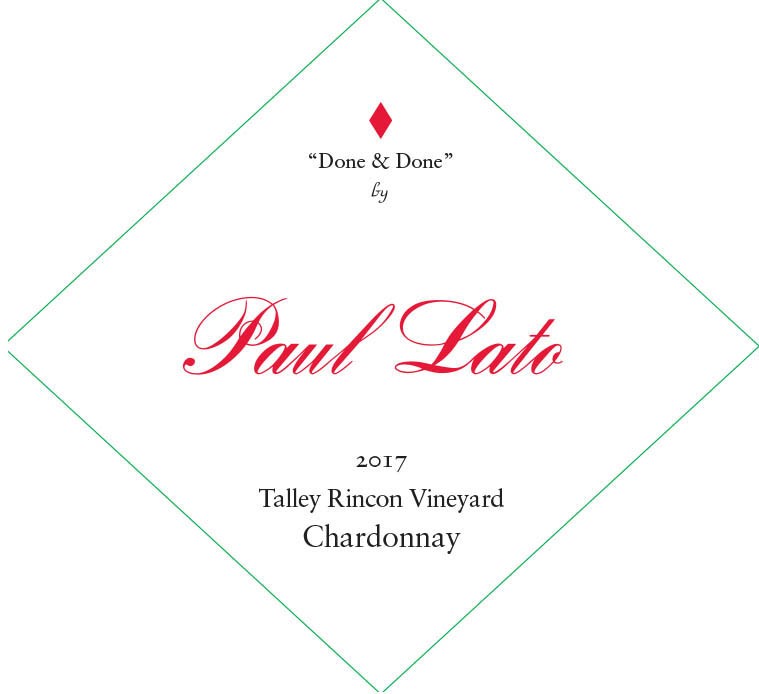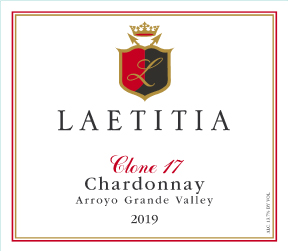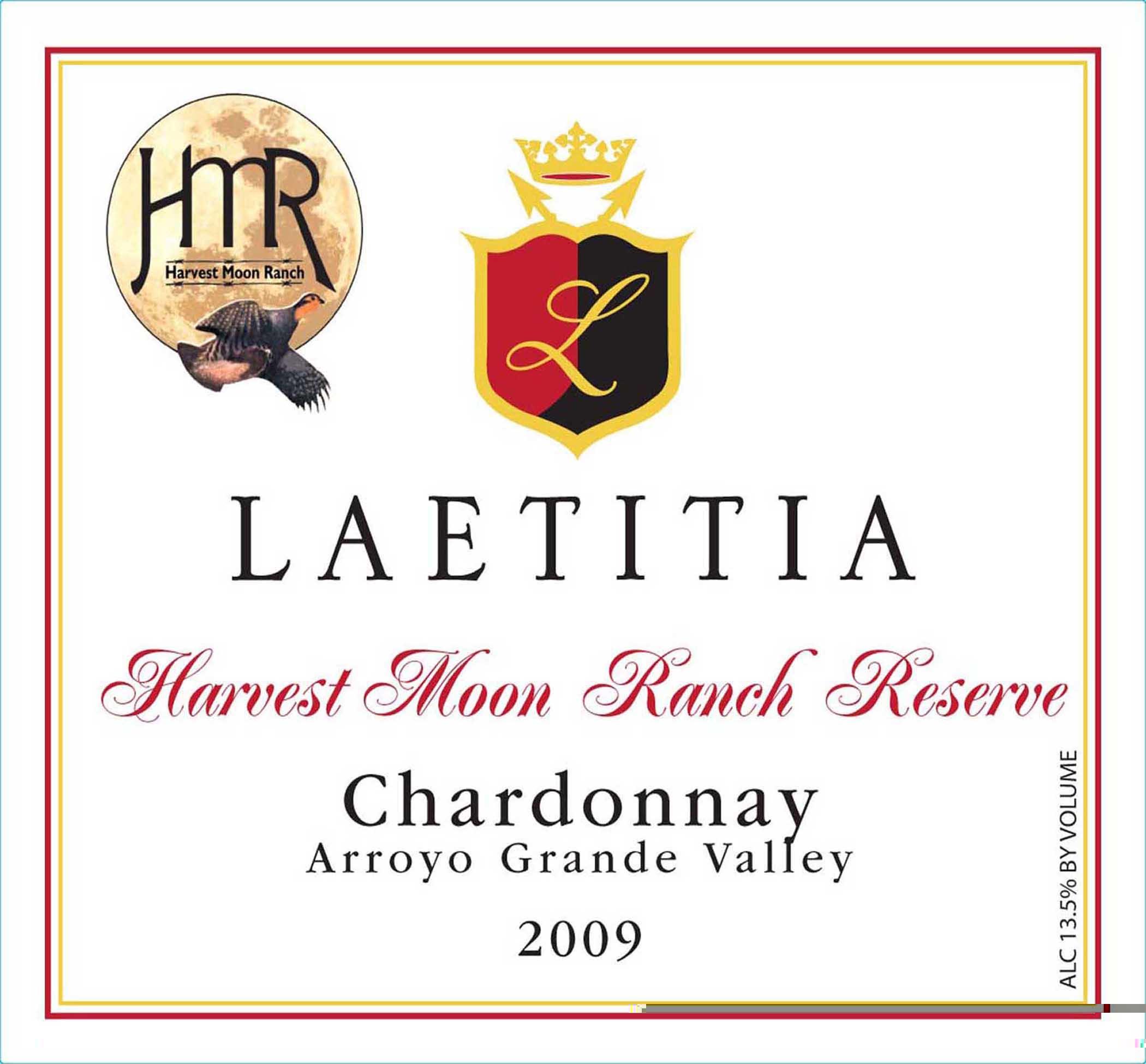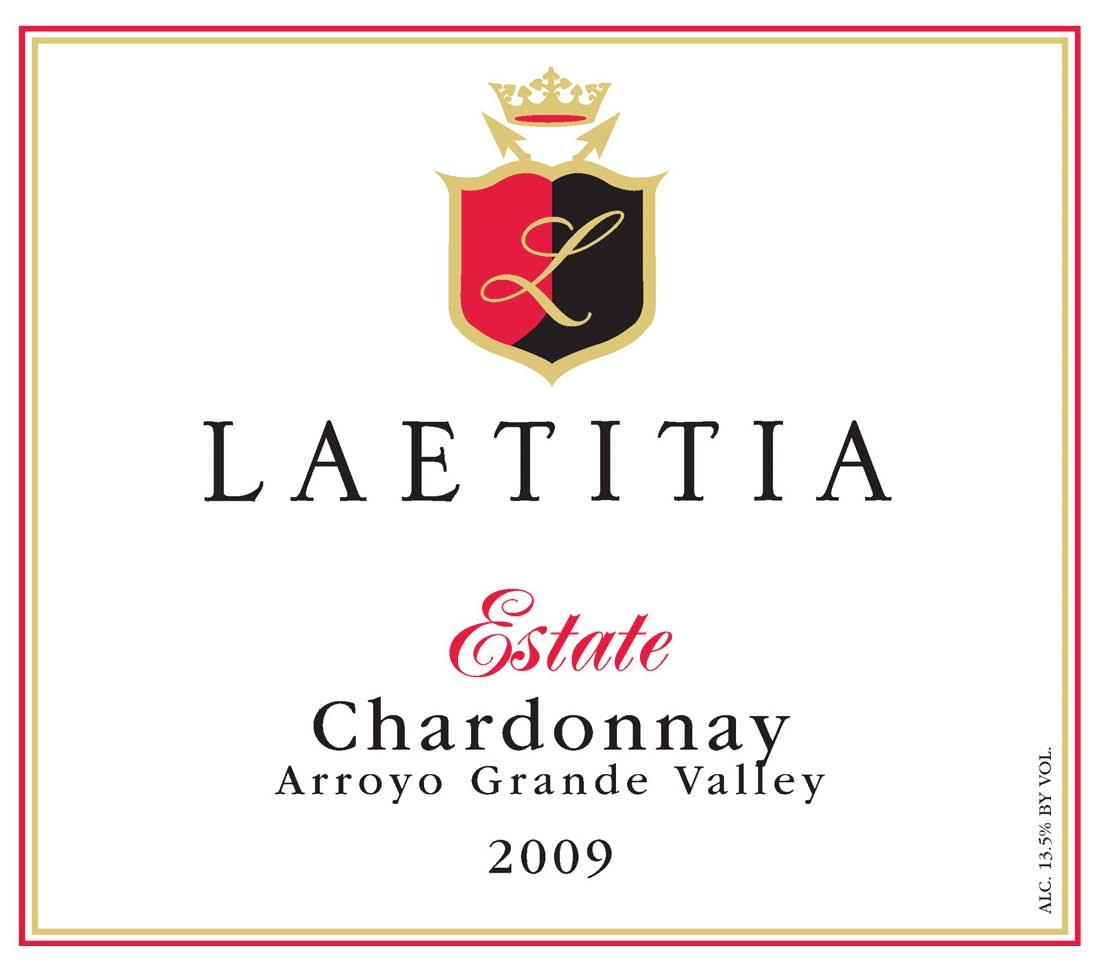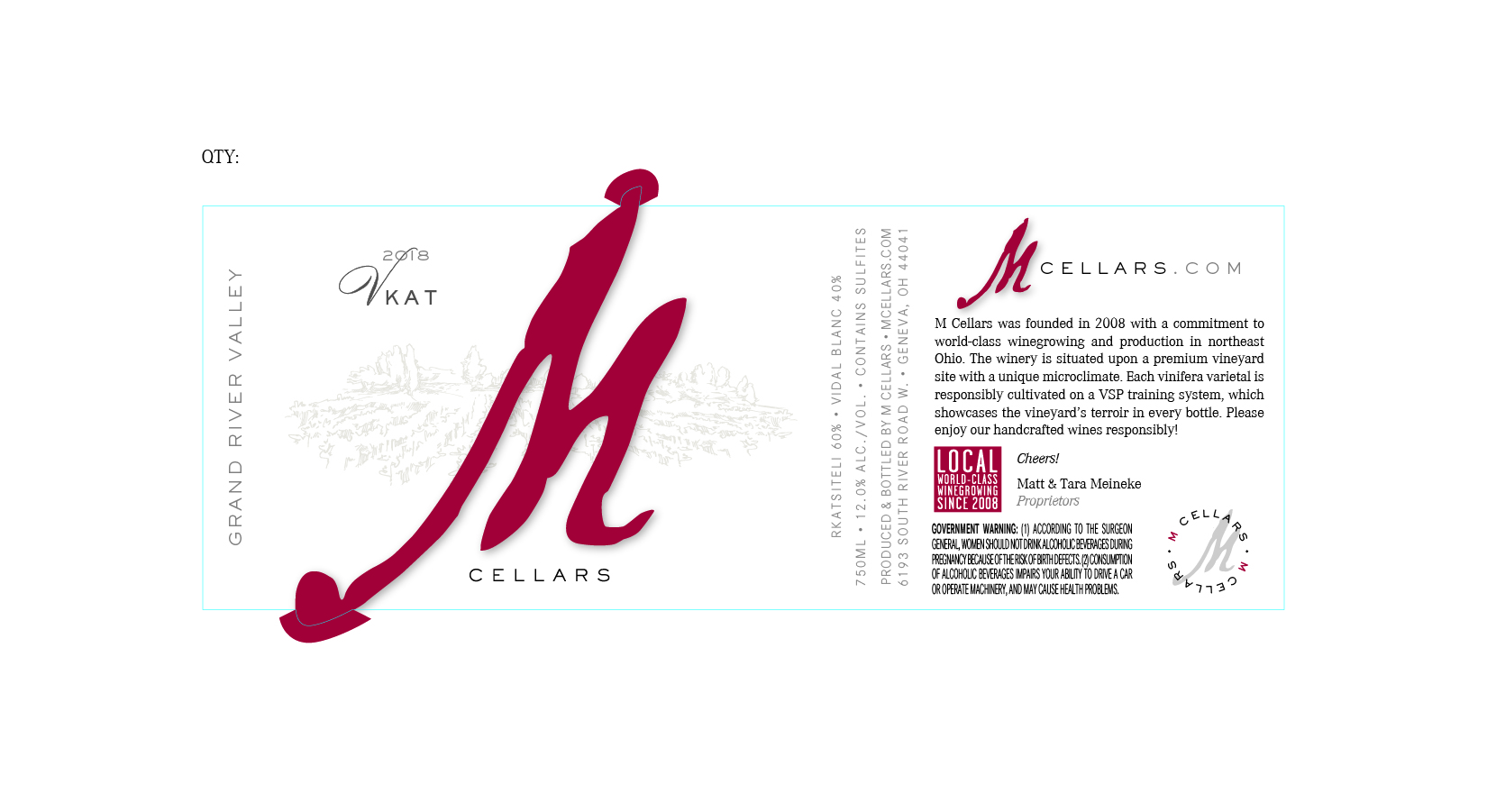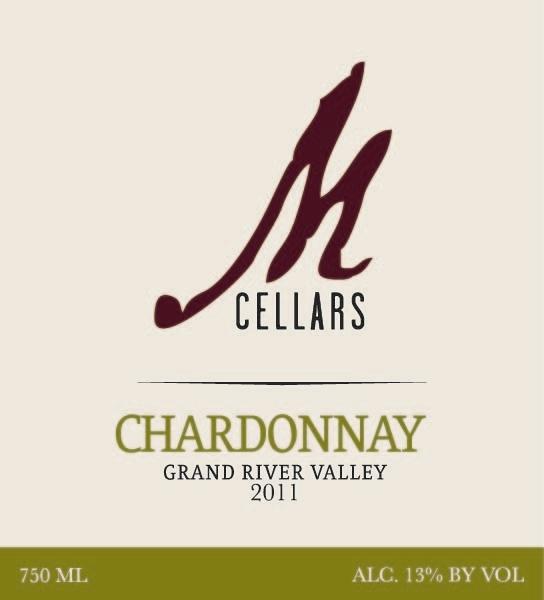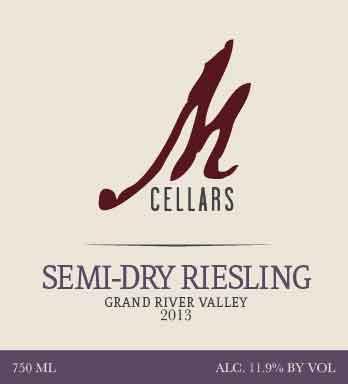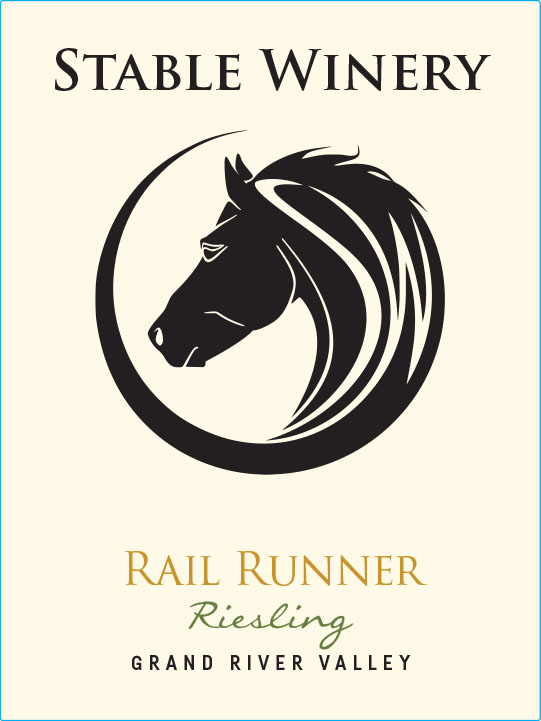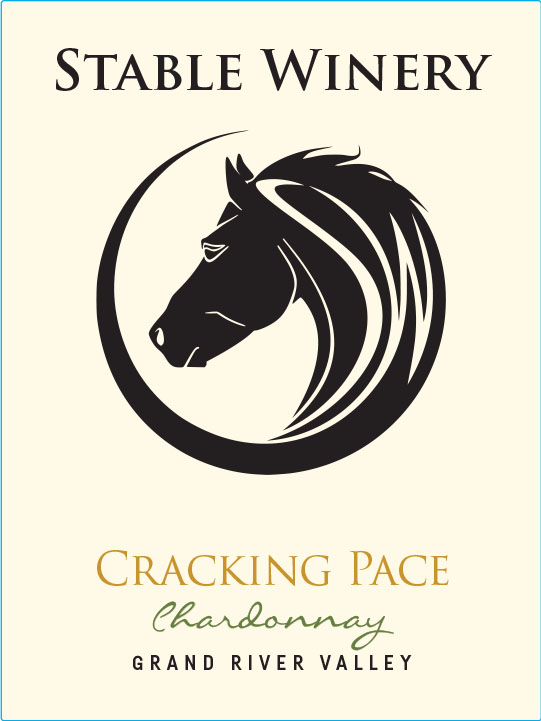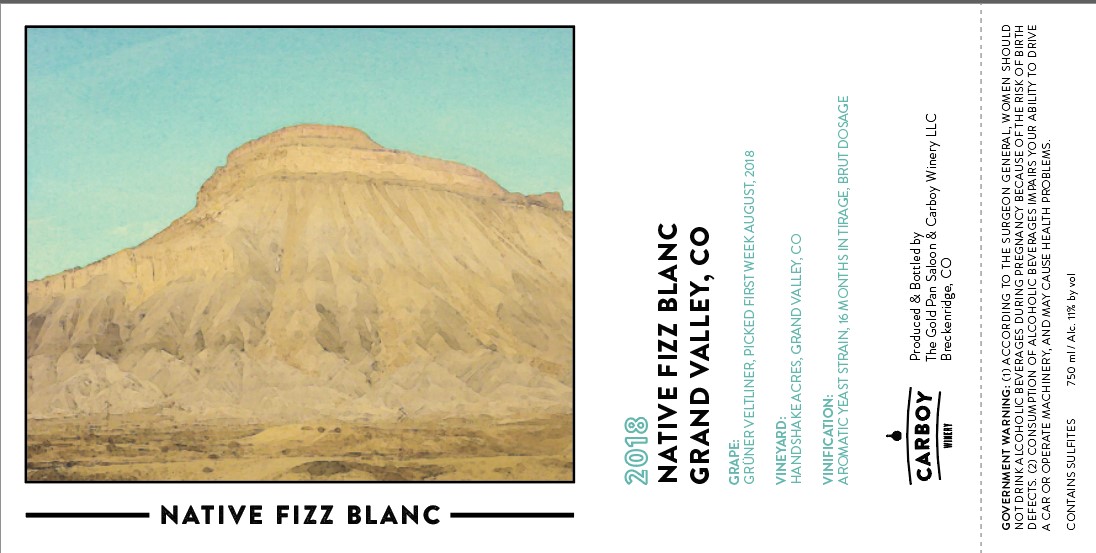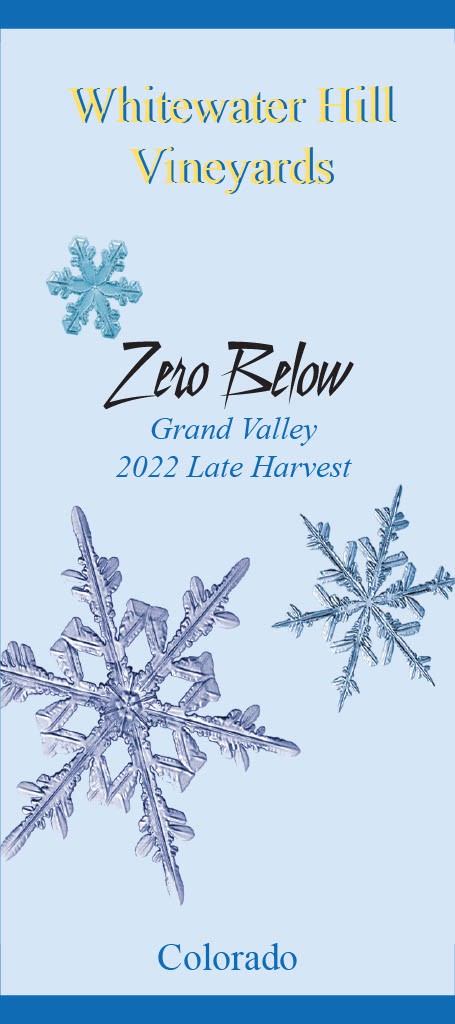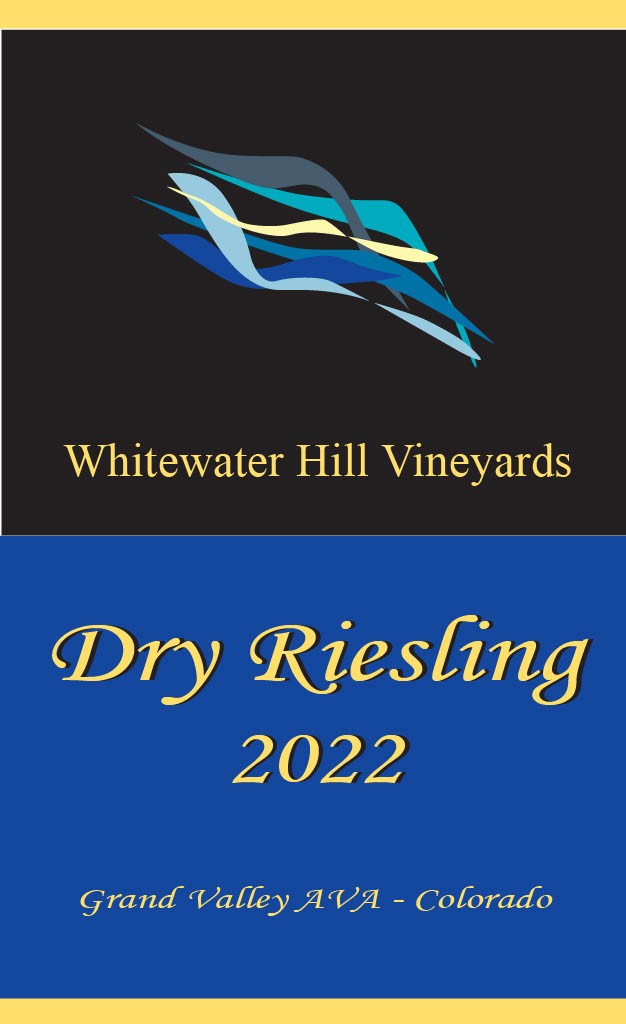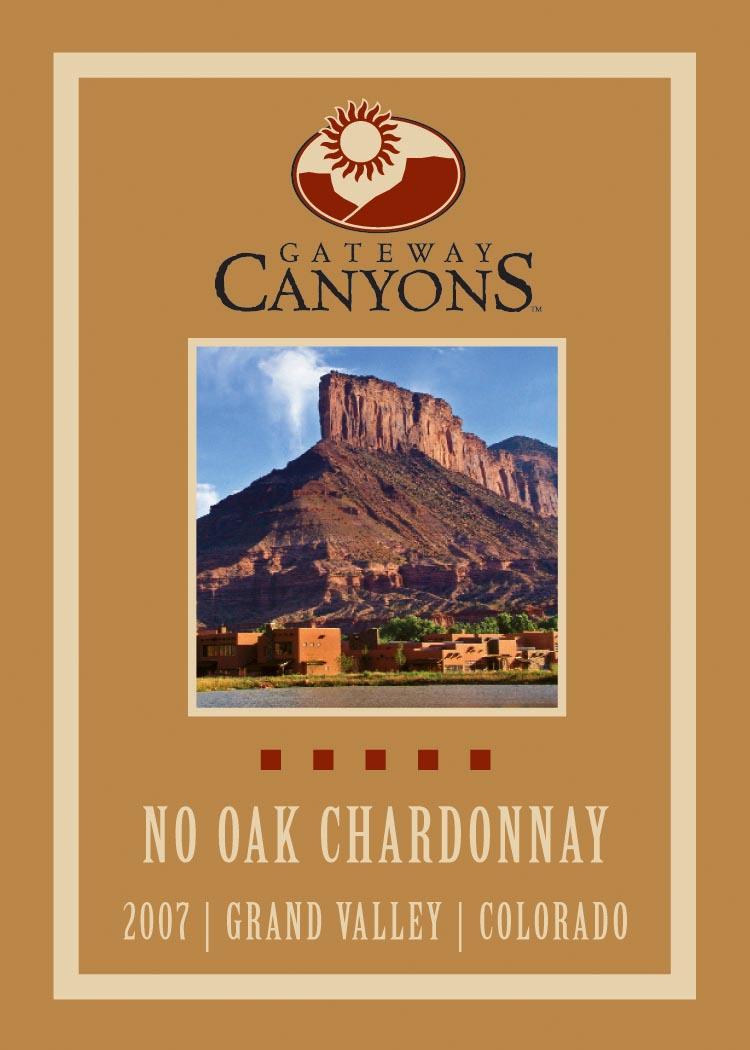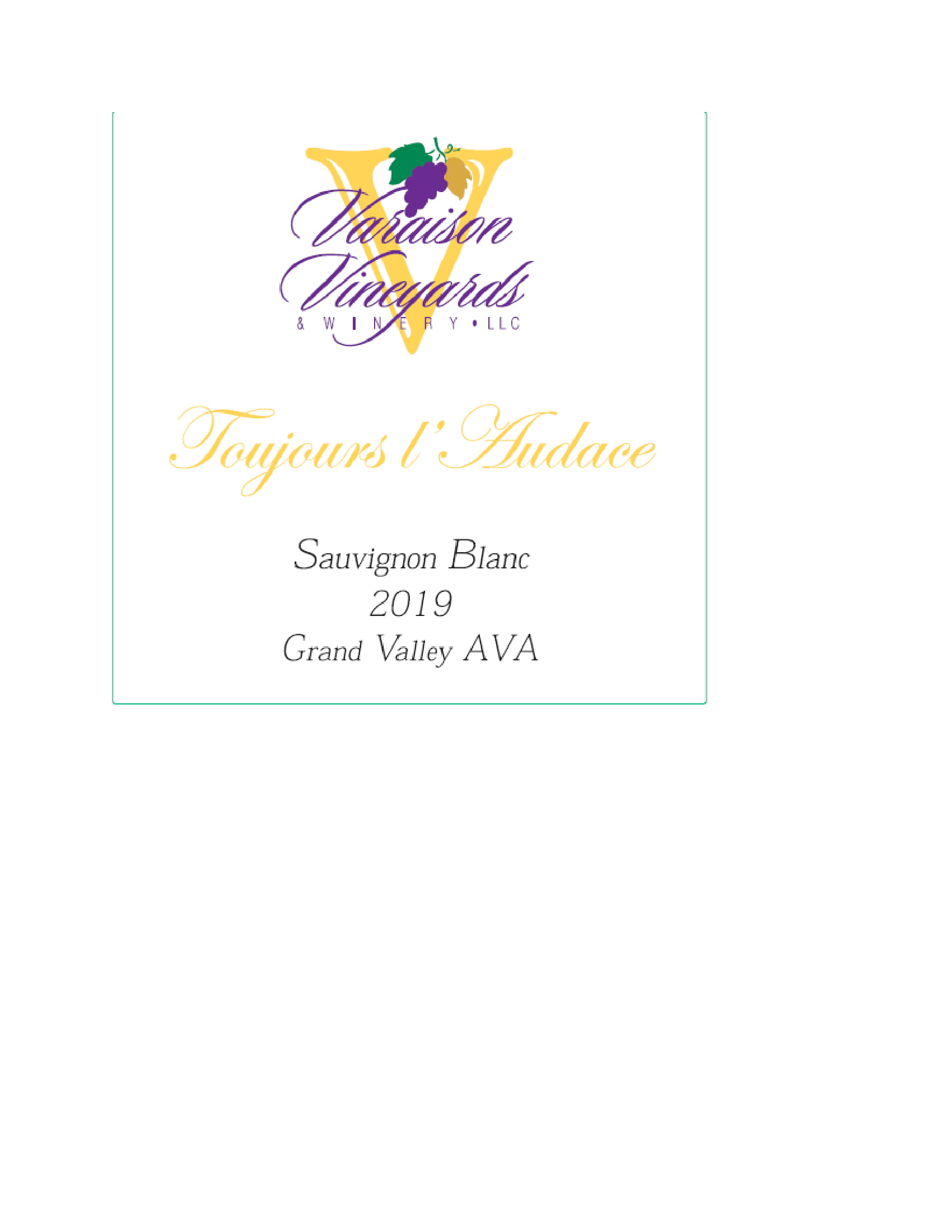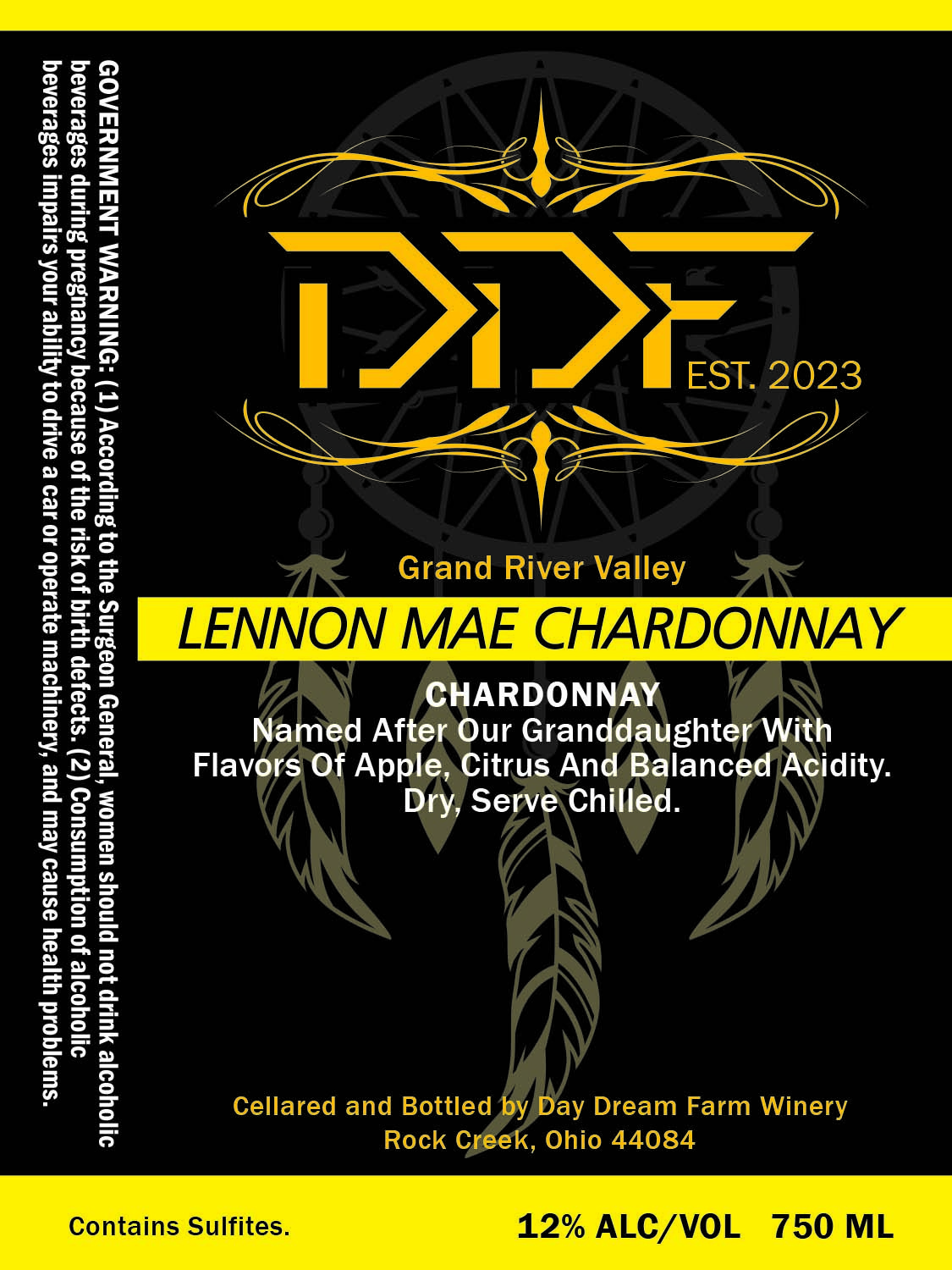Terroir of Grand Valley
Grand Valley's unique terroir is shaped by its high-altitude vineyards, sitting between 3,800 and 4,500 feet. Here, intense sunlight and big temperature swings between day and night help grapes develop rich flavors with refreshing acidity, essential for wines with bright fruit notes. The area's dry climate and low rainfall mean growers rely on drip irrigation from the Colorado River, highlighting careful water use.
The valley has diverse soils—from sandy flats to gravelly loams and silty clays—that drain well, boosting fruit flavor concentration. However, harsh winters and the threat of spring and fall frosts are challenges, leading growers to use protective techniques like wind machines. These climate and soil factors together create a lively sense of terroir, affecting which grape varieties and rootstocks can handle both drought and cold.
Notable Wineries in Grand Valley
The Grand Valley in Colorado is a remarkable wine region, blending established tradition with fresh innovation. Here are a few standout wineries:
-
BookCliff Vineyards: Located in Palisade, this winery, established by Ulla Merz and John Garlich in 1995, excels in Bordeaux-style reds and unique white blends.
-
Carlson Vineyards: Also in Palisade, known for its approachable, fruit-forward wines that reflect the valley's sunlit character.
-
Colterris Winery: Focuses on estate-grown Bordeaux reds, particularly Cabernet Sauvignon, capturing the essence of the Grand Valley.
-
Two Rivers Winery and Chateau: Situated in Grand Junction, it is celebrated for aromatic whites and classic Bordeaux varietals.
Throughout the valley, tasting rooms range from cozy to modern, each highlighting grape varieties that thrive in the region's warm, dry climate.
Sustainable Winemaking in Grand Valley
In Colorado's Grand Valley, sustainable winemaking is a necessity born from its high desert environment. Local vineyards prioritize water conservation, using drip irrigation and soil moisture checks to make the most of their limited resources. To combat the region's thin soils, growers apply mulching and cover crops, enhancing soil health and organic matter.
With harsh winters and spring frosts posing risks, the adoption of cold-resistant hybrids and frost-tolerant clones has become crucial. Many producers embrace energy-efficient tools, often powered by solar energy, aligning with a broader commitment to environmental responsibility. In the cellar, a low-intervention approach prevails, with native yeasts and gentle techniques allowing the natural terroir to shine. These practices collectively underscore the Grand Valley's commitment to sustainable viticulture, ensuring its wines continue to thrive against climatic challenges.
Wine Tourism in Grand Valley
Grand Valley offers a rich tapestry of wine tourism experiences, ideal for those keen to explore viticulture against the backdrop of Colorado's stunning landscapes.
Anchored by the vibrant town of Palisade, the region is home to numerous wineries that welcome visitors year-round.
The annual Colorado Mountain Winefest each September is a major highlight, drawing crowds for tastings and events.
Visitors can enjoy a variety of activities such as cycling through the valley, hiking at scenic spots like the Colorado National Monument, and even rafting on the Colorado River.
Many wineries feature patios with views of orchards and canyon walls, while local eateries pair wines with fresh, local produce.
Accommodation ranges from charming inns to ranch-style cabins, all offering a taste of the region's hospitality.
Known as the “Napa of the Rockies,” Grand Valley combines sunny weather, scenic beauty, and a commitment to sustainable practices in winemaking.
